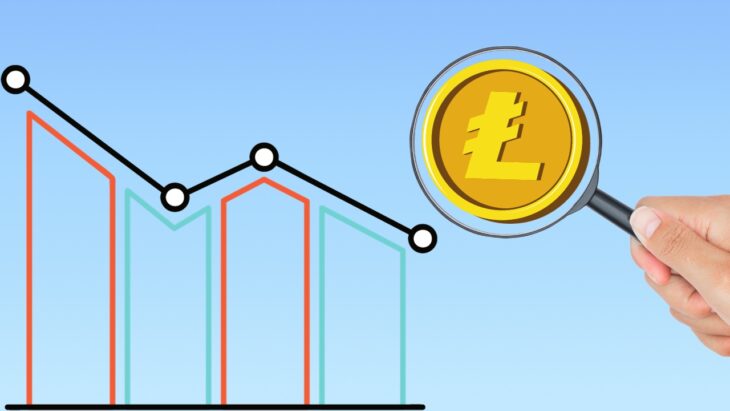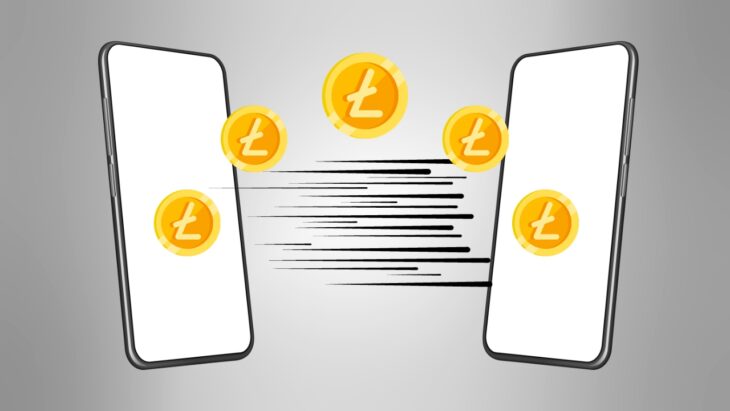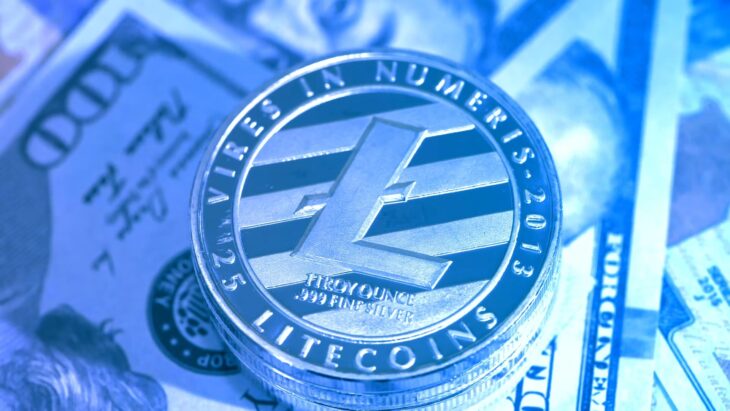Litecoin, often referred to as the silver to Bitcoin’s gold, operates on a decentralized network, enabling peer-to-peer transactions without the need for intermediaries. Litecoin transactions are recorded on a public ledger known as the blockchain.
Each transaction is verified by network participants, known as miners, who solve complex mathematical problems to add a new block of transactions to the chain.
The proper selection of cryptocurrency, but also of online exchange and an e-wallet can impact the speed of transactions. If you prefer trading, buying things online with crypto, and spending it any other way, all these factors can make a difference.
We also have to mention the online casinos that implemented blockchain, which is a huge trend in recent years. If you are interested in playing Plinko by using crypto, visit ccn.com. Also, we will provide more details about average transaction times in 2024.
Table of Contents
ToggleDetailed Analysis of Litecoin Transaction

Under typical network conditions, a Litecoin transaction can be expected to complete within 2.5 to 30 minutes. This timeframe accounts for the time taken to confirm the transaction on the blockchain, which involves miner verification and block addition.
During periods of high network usage, transactions can take longer to process. This is because more transactions are vying for a limited space in each block, potentially leading to congestion.
On the other hand, when the network is less congested, transactions can be processed faster, often closer to the lower end of the average timeframe.
Litecoin blocks have a size limit, which affects how many transactions can be included in each block. If a transaction is not included in the current block, it has to wait for the next one, potentially increasing wait times.
The rate at which blocks are generated on the Litecoin network – approximately every 2.5 minutes – also influences transaction speed. Faster block generation can lead to quicker transaction confirmations.
What Factors Can Affect the Speed of Transactions?

Several elements contribute to the speed at which Litecoin transactions are processed. Here are the crucial ones:
- Fee Structure: Transaction fees in the Litecoin network are paid to miners as an incentive to include a transaction in the next block.
- Fee and Speed Correlation: Generally, higher fees lead to faster confirmations as miners prioritize transactions with higher incentives.
- Network Load and Capacity: The total capacity of the Litecoin network, measured in transactions per second (TPS), plays a crucial role in transfer speeds.
- Scalability Enhancements: Litecoin has implemented various scalability solutions, such as Segregated Witness (SegWit) and the Lightning Network, to increase its transaction throughput and reduce the time required for transfers.
Why Transaction Fees Matters?
Transactions with higher fees are often prioritized by miners, leading to faster confirmations. Users can choose to pay higher fees to expedite their transactions.
Transactions with lower fees may be deprioritized, especially during busy periods, resulting in longer processing times.
What About Security Protocols?
Improved security measures, while crucial for the safety of transactions, can add to the processing time. This includes various checks and validations performed by the network to ensure the legitimacy of a transaction.
While these security protocols might slightly delay a transaction, they significantly reduce the risk of fraudulent activities, ensuring a safer transaction environment for users.
Can E-Wallet Make a Difference?
While e-wallets themselves do not directly speed up the blockchain processing time, they can influence factors related to transaction speed in certain ways. Some e-wallets offer streamlined processes for initiating transactions, which can reduce the time it takes to send a Litecoin transaction to the network. This efficiency mainly pertains to the user interface and ease of generating transactions.
Advanced e-wallets might offer features for constructing transactions in a way that optimizes for quicker confirmation, such as UTXO (Unspent Transaction Output) selection mechanisms that can reduce transaction size and thus influence confirmation time.
How to Choose the Right Online Exchange?

This choice can significantly impact your trading experience, security, and financial success, which are even more important than time required for the transaction.
The first step is to focus on safety. Here are the best way to ensure the right level of protection:
- Two-Factor Authentication (2FA)
- Cold Storage of Assets
- Security Track Record
The next one is to find out more about the status of the following platform, and you can do that by focusing on user reviews and feedback, regulations, and history of that platform related to the experience of other clients.
Comparison With Other Crypto
Bitcoin, the original cryptocurrency, is often compared to Litecoin, which was designed to be a lighter and faster alternative. Bitcoin transactions typically take longer, often averaging 10 minutes to an hour or more, largely due to its 10-minute block generation time. Litecoin’s faster block generation time is a key reason for its quicker transaction processing.
Ethereum is another major player in the cryptocurrency market, known for its smart contract capabilities. Ethereum’s transaction time can vary significantly but typically ranges from a few seconds to a few minutes, depending on network congestion and gas fees paid. Therefore, a significantly faster solution.
When it comes to Ripple, transactions are very fast, only around 5 seconds on average. Ripple’s infrastructure is specifically designed for high-speed, cross-border transactions, which accounts for its speed advantage.
Furthermore, Bitcoin Cash was created to improve upon Bitcoin’s transaction speeds and costs. Still, we can notice that the duration is quite similar, also averaging from 10 minutes to an hour to complete.
In addition to these notable cryptocurrencies, it’s worth highlighting that as of the latest statistics, the total market capitalization of all cryptocurrencies combined has surpassed $2 trillion, showcasing the substantial growth and widespread adoption of digital assets across various blockchain platforms.
FAQs

Can Network Upgrades Affect Litecoin’s Transaction Speed?
Yes, network updates or upgrades can significantly impact Litecoin’s transaction speed. For example, implementing new scalability solutions or optimizing the existing blockchain protocol.
How Does the Number of Confirmations Affect Litecoin Transaction Time?
The transaction time can increase with the number of confirmations a recipient requires. Each conformation refers to a Litecoin transaction being included in a new block on the blockchain.
Does the Time of Day Affect Litecoin Transaction Speeds?
Potentially, yes. Like any network, the Litecoin blockchain can experience varying levels of traffic throughout the day. Periods of high transaction volume can lead to network congestion.
Are Litecoin Transactions Faster on Weekends or Weekdays?
The speed of Litecoin transactions doesn’t inherently vary between weekends and weekdays. However, it could be influenced by fluctuating network activity patterns typical during these periods.
Can Geographical Location Affect the Speed of Litecoin Transactions?
No, the geographical location of users does not directly affect the speed of Litecoin transactions. Litecoin operates on a decentralized network.
Summary
Litecoin’s transfer times in 2024 are influenced by a combination of factors, including blockchain mechanics, network congestion, transaction fees, and network capacity. The average transfer time remains competitive, making Litecoin a viable option for quick and efficient digital transactions.


